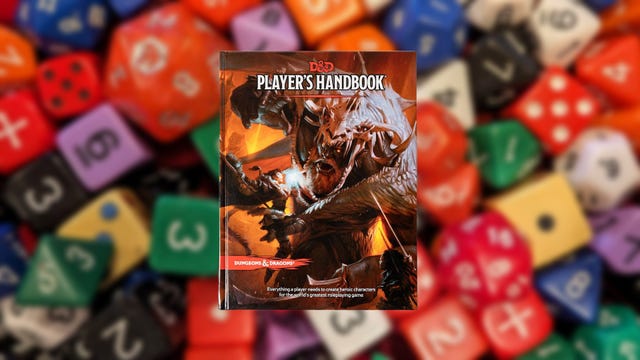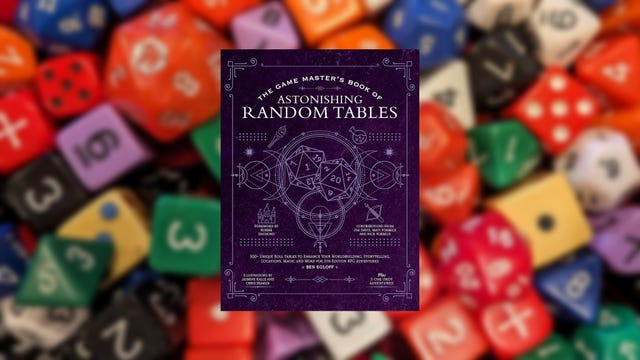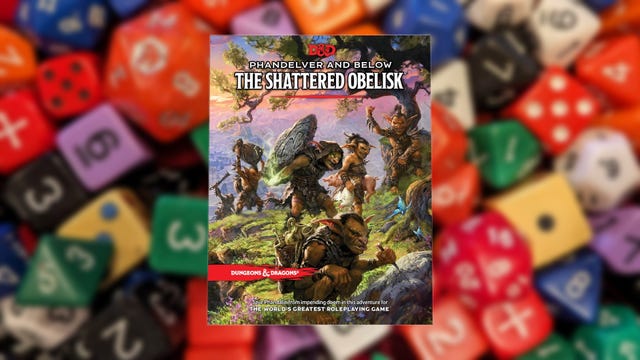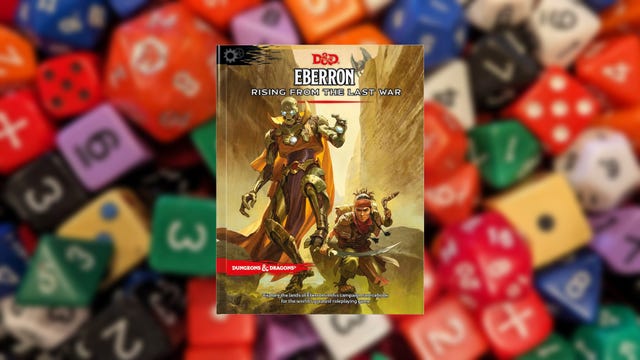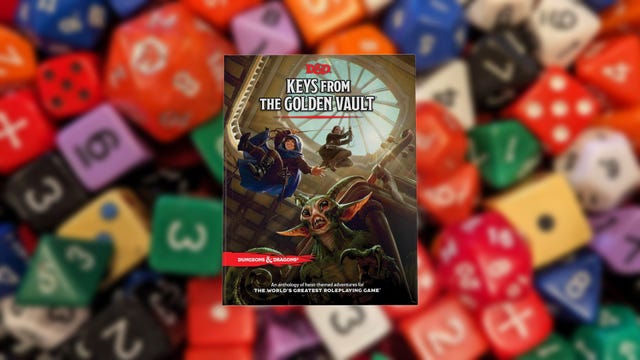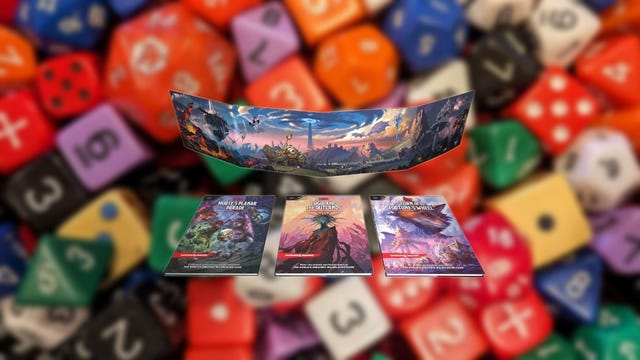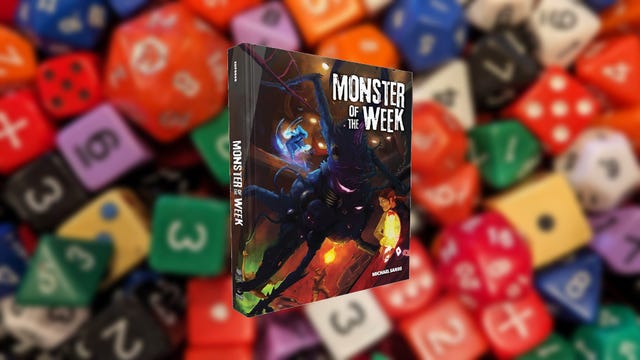The digital age makes it hard to get to a physical book but there’s no denying their allure. Tabletop roleplaying games like Dungeons & Dragons tend to have a lot of books that you can physically hold in your hand as the game is played. These can be around a table, with a map, dice and other D&D accessories. Dungeons & Dragons also offers plenty of online tools.
If you’re trying to play the game with friends in different time zones, digital books can be very helpful, but you miss out on some amazing art, and that very physical feeling of holding knowledge in your hands. Dungeons & Dragons books can be expensive, so it’s worth keeping an eye out for deals, and there are some great third-party books to augment your Wizards of the Coast books too. With a combined total of 54 years of D&D games under our belts, we know a little about what books are best, and we wanted to share that knowledge with you.
This article is primarily about the best Dungeons & Dragons books, but we would be remiss if we didn’t mention the D&D Starter Set. This small box contains everything you need to get started in D&D, including a compelling beginner campaign, some basic rules, dice and pregenerated characters to help you get the feel of how to play. It’s a really good place to start playing, then, when the bug really gets you, these books are the next step.
What’s the best Dungeons & Dragons book?
Whether you’re new to Dungeons & Dragons or an experienced adventurer, the Player’s Handbook — often called the PHB — should be on your gaming shelf. The entire game of D&D can be played with just the PHB, a notepad and pencil, and a set of polyhedral dice. All the other stuff is cool, but those four things are all that’s required.
Best Dungeons & Dragons books
Dungeons & Dragons FAQ
There are always a lot of questions to ask when starting a new hobby. Hopefully we can answer some for you here.
What do you need to get started with Dungeons & Dragons?
Playing D&D can get incredibly complex and you will likely find yourself with a lot of books, dice and other accessories. To get started though you’ll need these six things:
- A character sheet from the D&D website.
- A pencil (not a pen, as you’ll need to change your stats).
- A set of polyhedral dice with 4, 6, 8, 10, 12 and 20 sides.
- At least some of the rules. We suggest a starter set, the D&D Beyond rules, or the Player’s Handbook.
- An idea of what kind of game you want to play.
- A group of friends who want to play too.
With just those things, you can start playing D&D, and you’ll likely have a fun time doing it.
Is Dungeons & Dragons expensive to play?
It doesn’t have to be. As a player, all you need is the things listed above. Or, if you’re the Game Master, you could pay $5 a month for D&D Beyond, and your players can share the books for free, making it an even less expensive proposition. Most of D&D occurs in the mind, with dice rolling thrown in for good measure. It can be as budget-friendly as you want it to be.
How long is a standard Dungeons & Dragons game?
Most D&D games are broken down into two different types: campaigns and sessions. A session normally lasts anywhere from two to eight hours depending on everyone’s schedule, and is the normal measure of a game. A campaign is the entirety of multiple sessions strung together. When your story reaches its conclusion, a campaign ends, and it’s time to start a new one.
Are there Dungeons & Dragons novels?
Yes! Arguably, the most popular set of D&D novels are R. A. Salvatore’s tales of Drizzt the drow ranger. Starting with the Crystal Shard in 1998, this massive collection of books showcases the adventures of a drow — normally an evil bunch, worshippers of a spider queen — who wishes to do good. Drizzt becomes a ranger, and, with his companion panther, and several awesome friends, saves the world more than once.
These books are so popular they became a part of canon Dungeons & Dragons, appearing in multiple books and entrenching themselves in the lore of Faerun.





